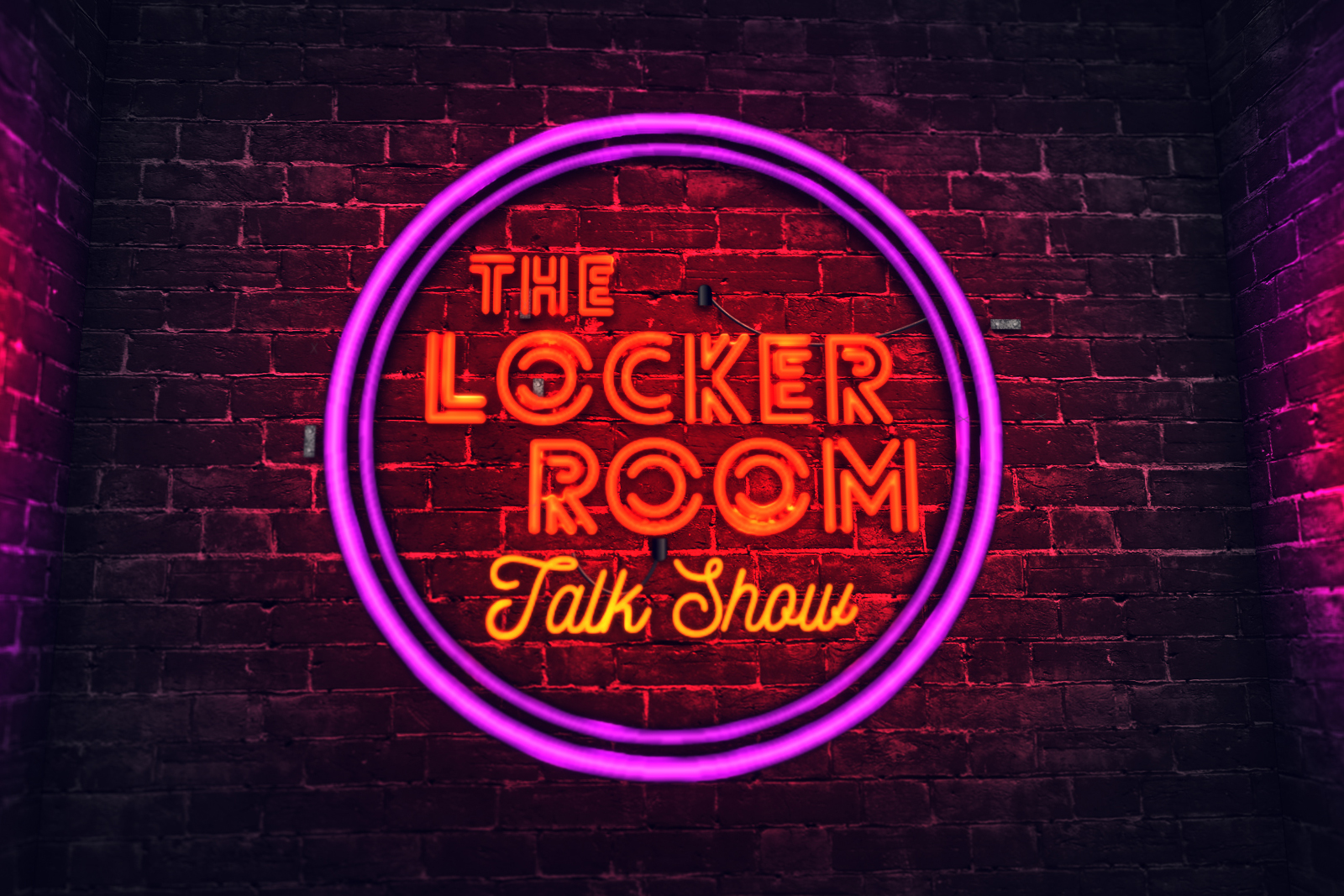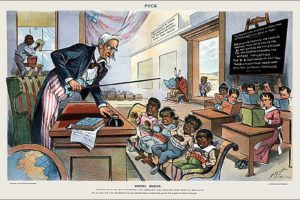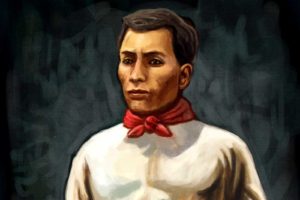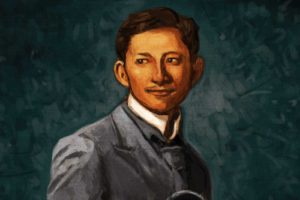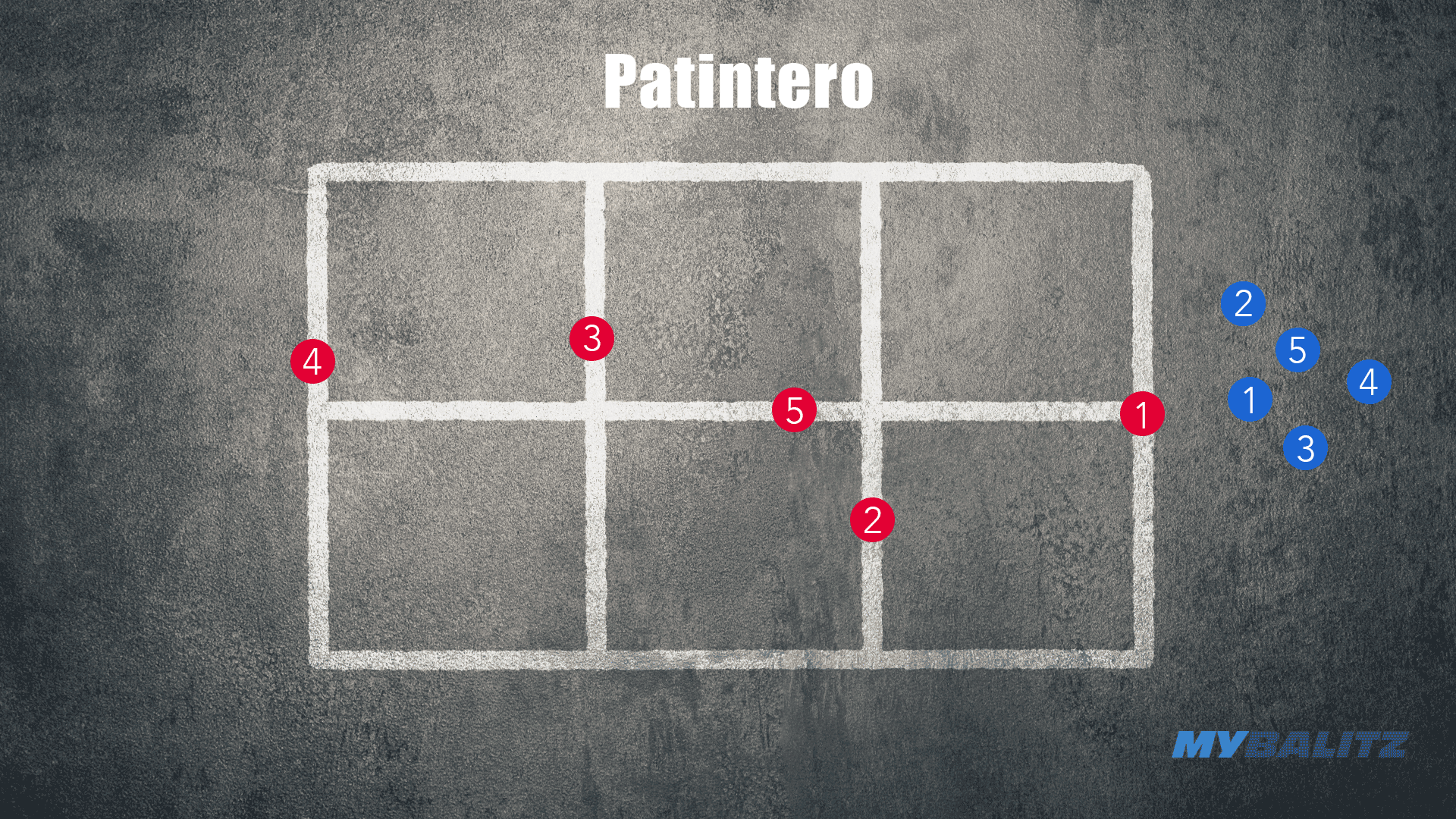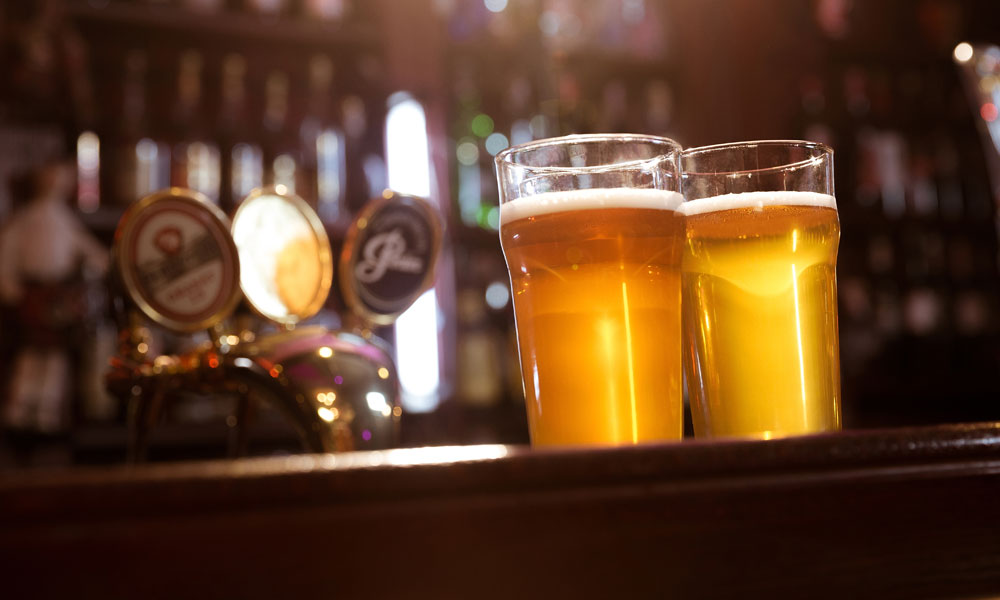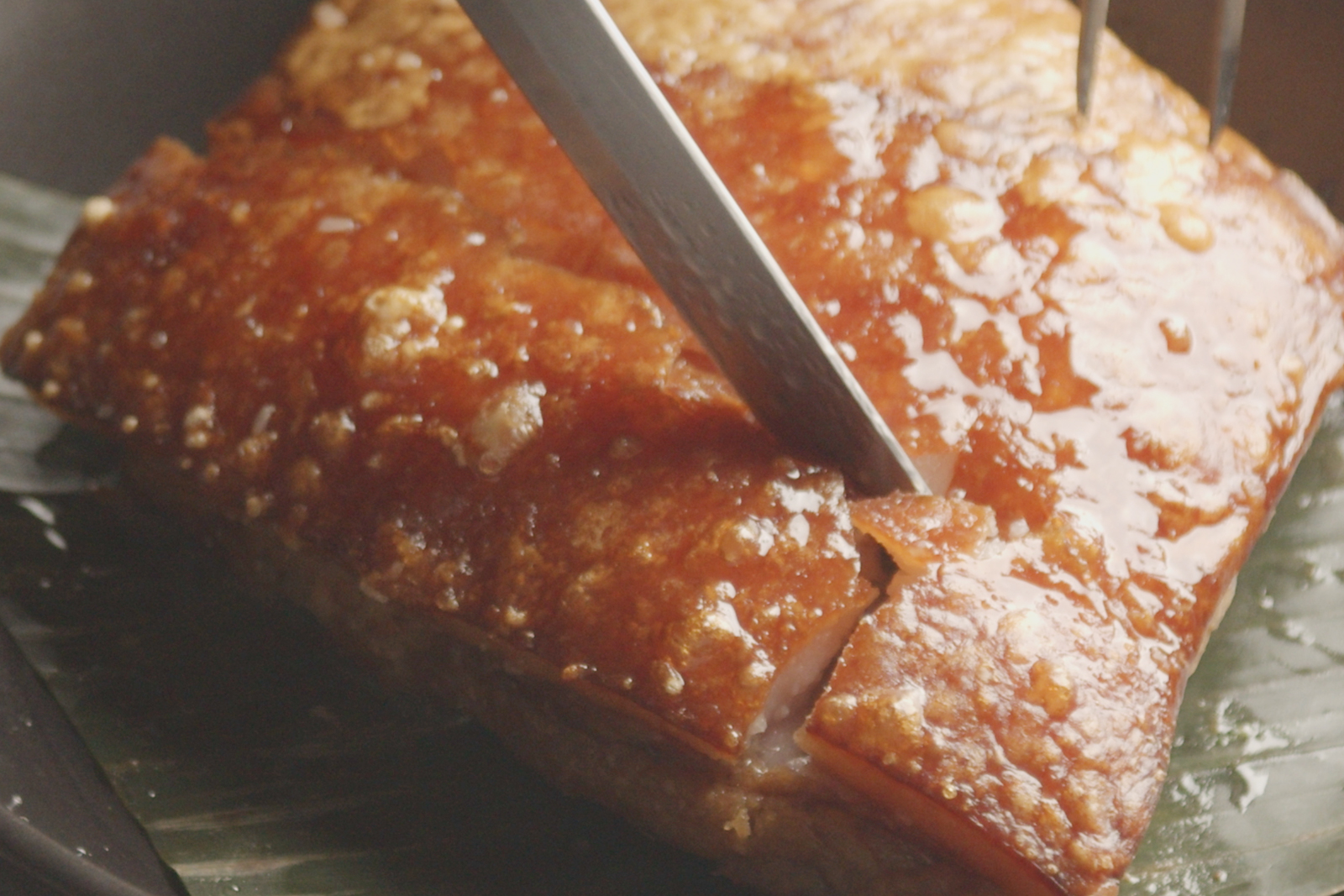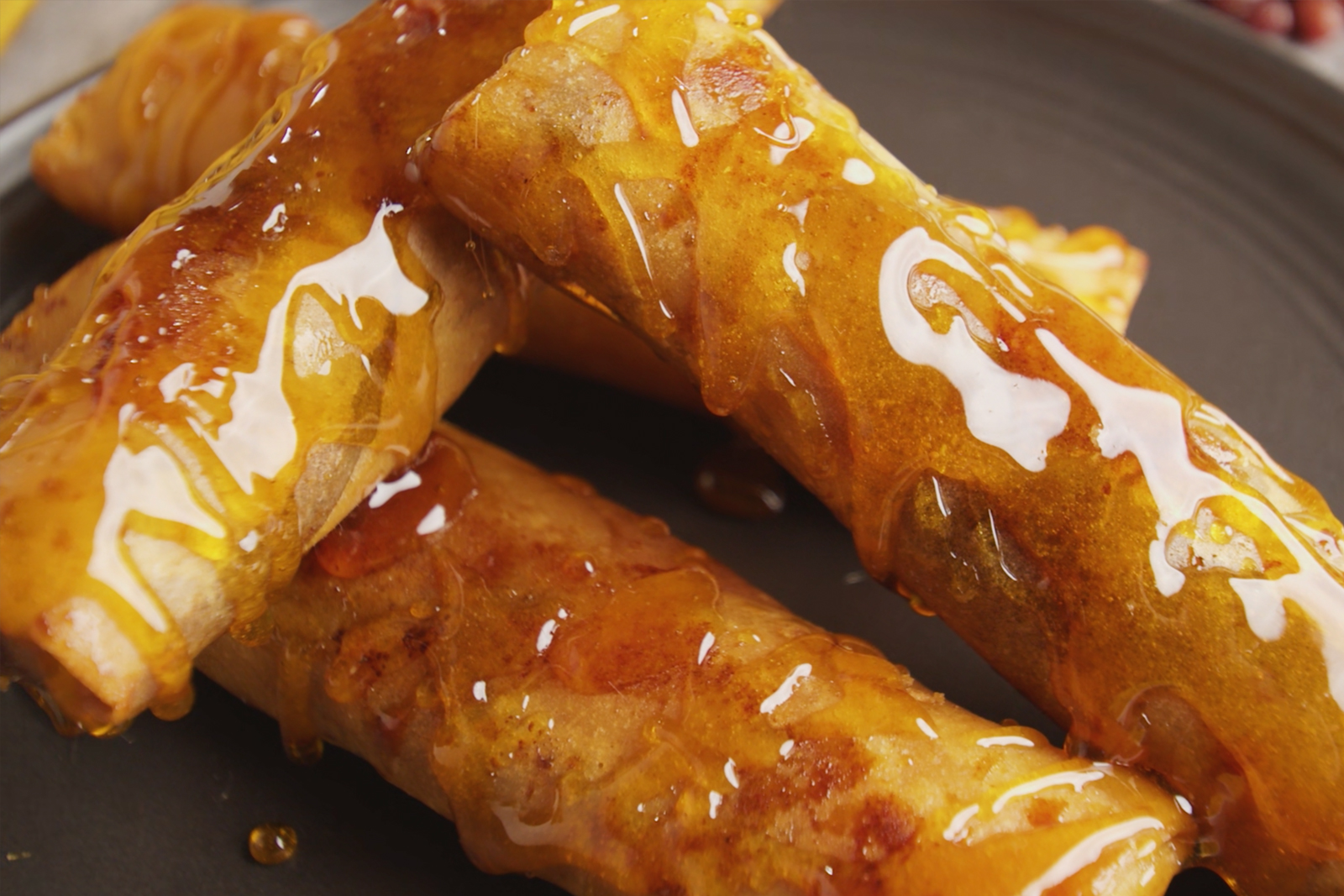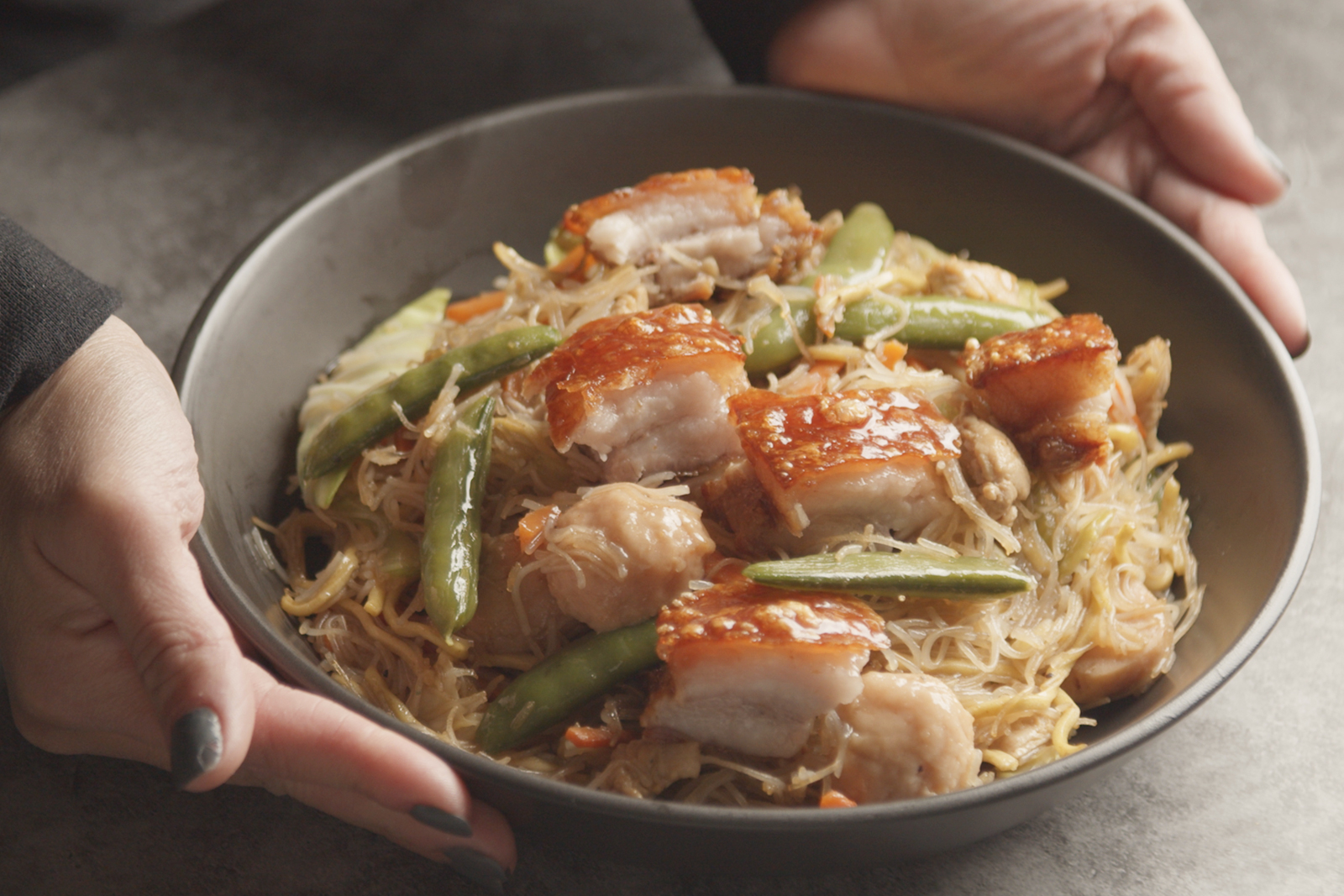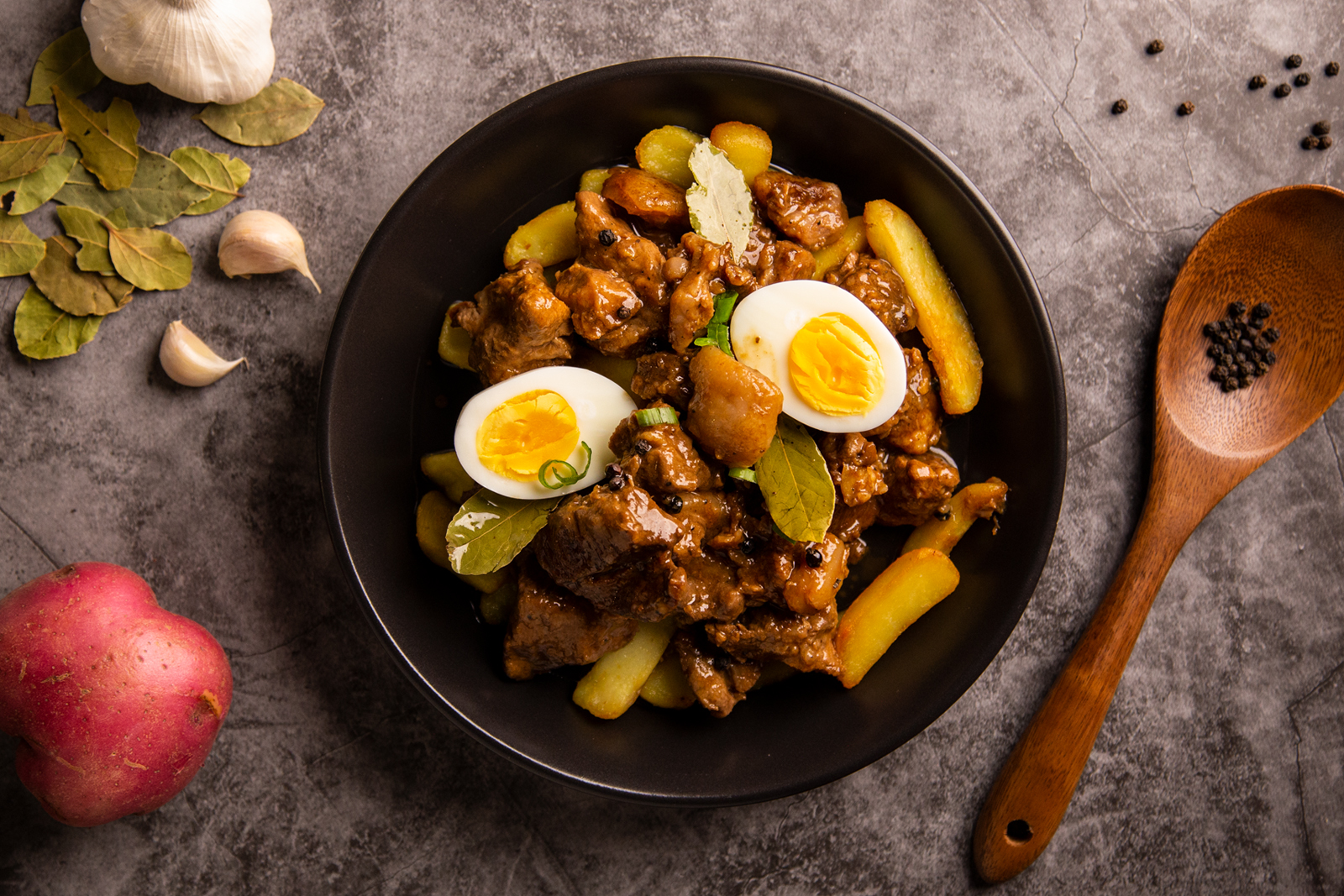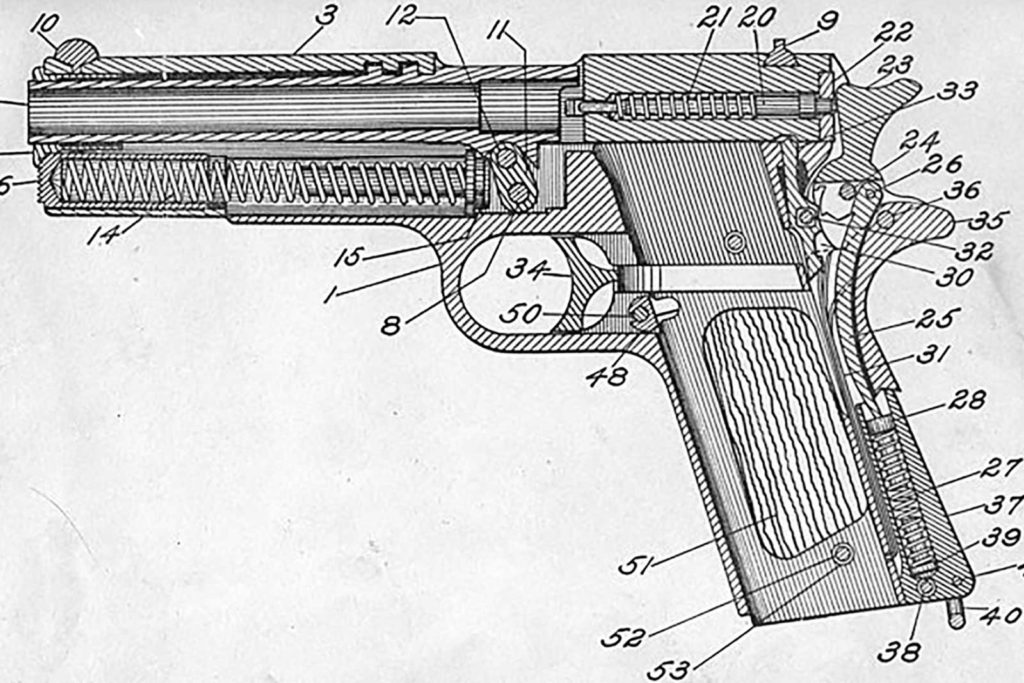
The United States of America was born from an armed revolution fought by volunteer armies against a monarch that had a professional army. Soon after its independence from England, the United States pushed toward the West to expand its territory. Both these endeavors could not have been possible without the use of guns.
Until the 1800s, the US army and ordinary folk used muskets that fired small iron balls for bullets using gun powder that was rammed down the barrel using a rag and a ramrod. The problem with muskets was they were not reliable weapons – gunpowder, when wet, will be useless; and it took so long to load a musket; and once loaded, a musket fired only one shot.
Musket rifles were useful when hunting, when the hunter was stalking prey and was not pressed for time or in danger of being shot with an arrow, a spear, or a tomahawk. In battle, when an enemy is shooting at an army, speed of loading and reloading was necessary. There were short firearms and pistols already in use but these too had to be loaded with iron balls for bullets and fired using gunpowder.
In the mid-1800s Samuel Colt invented a pistol with a repeating revolver. It held 5 bullets in the revolving chamber and needed only a small amount of gunpowder to be loaded down the barrel. All that needed to be done was to cock the gun each time one of the 5 bullets needed to be fired.
Colt sold it to the US Army to assist in its efforts during the Indian Wars however, the US Army refused to purchase Colt’s 5-shooter pistol because it was too complicated for an ordinary soldier to use in the heat of battle.
Colt then invented a 6-shooter pistol which was nicknamed the Colt-Walker after the inventor and manufacturer, Samuel Colt and the person who had helped Colt improve from his previous designs, US Army Captain Samuel Hamilton Walker of the Texas Rangers. The 6-shooter was so powerful, it was a “man-stopper” and was easy to load. During the American Civil War, Samuel Colt’s 6-shooter was used by the Union troops.
To give power to the Colt-Walker pistol its barrel had to be big. Over on the West, pioneering folk and mining prospectors during the Gold Rush needed a smaller and lighter weapon to protect themselves. Lawmen in Western towns needed a reliable and accurate gun and so the Colt company tweaked its designs and came up with the Peacemaker. It was the gun of the frontier. Lawmen such as Wyatt Earp and Bat Masterson used Colt Peacemakers. And the army of Gen. George Custer all used Peacemakers.
Even after Colt had died, his company continued to improve his patented designs and innovate with new designs. The improvements had to do with the kind of bullets that could be loaded into the pistols – no more iron balls. Bullets came in metal cartridges that had gunpowder and small metal balls inside them.
By the 1900s, Colt handguns led gun technology and enjoyed popularity among civilian gun owners, gun collectors, and it was the sidearm of choice of the US Army. It was fast, reliable, and accurate in actual battle conditions—until the US Army encountered the Tausug guerillas of Sulu in the Philippine Islands.
On April 21, 1898, the United States had declared war against Spain and at stake were Spain’s colonies and landholdings in Mexico, Cuba, and the Philippines – an archipelago in the Pacific. At that time, the Philippines was already engaged in an armed revolution for independence against their Spanish colonial overlords and had declared a revolutionary government. Unknown to the Philippine revolutionaries, the United States and Spain had agreed to end their war and in the Treaty of Paris, Spain ceded to the US Cuba and the Philippines for the sum of $20,000,000.00—yes, Spain had sold the Philippines to the United States.
When the American Army arrived in the Philippines, the revolutionaries had routed what was left of the Spanish forces and had taken most of the outlying provinces and suburbs around Manila. The Spanish forces dug itself inside the walled city of Intramuros, the capital and seat of the Spanish colonial government in the Philippines. The American Naval Fleet came to Manila Bay and fired upon the vessels of the Spanish Armada in what is now called the “mock battle” of Manila Bay.
Trusting that the US had come to help the Filipinos gain their independence from Spain just as the US had gained its independence from England a century before, the Filipinos were first friendly with the Americans. But then it became clear that the US was claiming the Philippines as their colony under the Manifest Destiny doctrine and was going to deploy a “benevolent assimilation” of the Filipinos under the protection of the United States. The Filipinos refused to bow to a new colonizer after having defeated the former colonizer.
Small unorganized armies continued the armed revolution they had begun against Spain and were then waging against the United States. It took four years or until 1902 before the United States could pacify the provinces in the island of Luzon but for years after, pockets of insurgency and armed uprisings continued to explode all over the archipelago even after those revolutionist holdouts were already declared by the US colonial government to be bandits and common criminals.
Of particular concern were the tribes of Muslims on the southmost island of Mindanao. They continually rebelled against the American colonial government until 1913. The US Army found that the Muslims (or Moros) of Sulu took pain-inhibiting herbal concoctions before charging and did not stop their charge even when they were bleeding after the US Army fired upon them with their Colt .38 revolvers – thus, the US Army decided that it needed a revolver that had bigger bullets. Bigger bullets, they reasoned, would mean more power to stop charging Moro tribesmen who employed guerilla tactics in their jungle warfare.
John Browning then designed a Colt handgun that could fire .45 caliber bullets. It was also called the Colt ACP or the Colt Automatic Pistol. It was no longer a revolver. Instead, it was loaded with bullets from a magazine that fitted in the handle. There was no more cock and instead, it had a slide which activated the hammer. Soldiers would then be able to fire all the bullets in the magazine, one after the other, after activating the slide once. The bullets were self-loading and fed up from the magazine into the firing chamber. Thus, reloading bullets was easier and took less time.
When the US Army tested several handguns, they found Browning’s modification of the Colt .45 to be able to fire 6000 rounds in the span of 2 days. If it heated up due to too many firings, soldiers only needed to immerse the Colt .45 in water and it would cool down and shoot as good as new.
The Colt .45 was adopted as the regulation sidearm and nicknamed the “Model of the 1911 US Army” which was shortened to “M1911.” Soon, even the US Navy and the especially the Marine Corps adopted the M1911 to be their regulation sidearm. So, why was the Colt .45 invented? The short answer: It was invented and designed primarily to stop charging Filipino tribesmen during the US Army’s pacification campaign of the Philippine Islands.
The Colt .45 and its numerous iterations and versions have been the weapon of choice of the US Army in World War 1, World War 2, the Korean War and the Vietnam war. It was still used during Desert Storm, in Operation Iraqi Freedom and in Operation Enduring Freedom by the US Army Special Forces Groups and the Marine Corps Force Reconnaissance Companies.
Sources:
M1911 pistol. Wikipedia.com. https://en.wikipedia.org/wiki/M1911_pistol
History of Guns. “History of Colt Firearm,” YouTube.com https://www.youtube.com/watch?v=CNRDdzyYY_A










